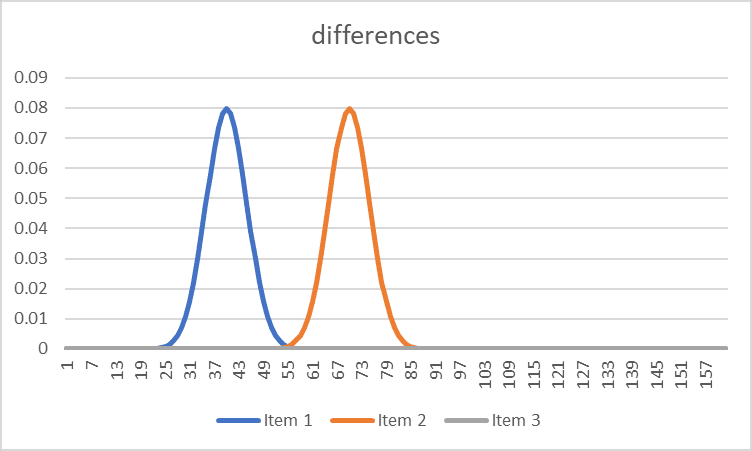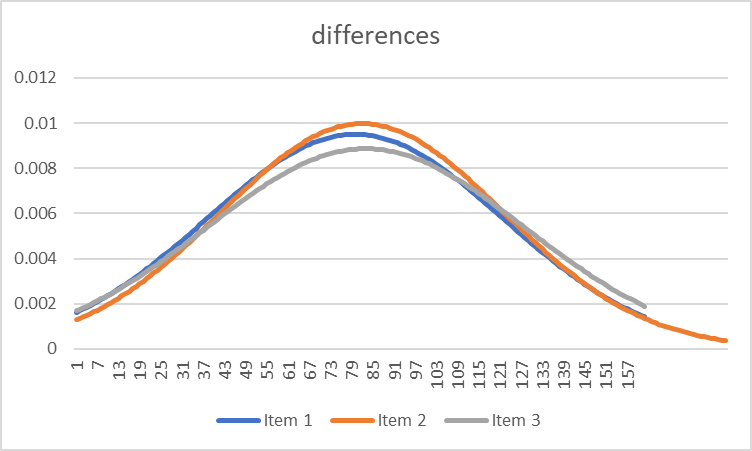As technology advances in society, there is no escaping the increasing specialisation of knowledge. This may seem like a challenge to those like me who believe that the way forwards is greater interdisciplinarity, or a metacurriculum (as I wrote here: https://link.springer.com/article/10.1007/s42438-022-00324-1). While greater specialisation indicates increasing fracturing of the curriculum and the growth and support of niche areas, more fundamentally it represents the organisational challenge to find the best way to support specialised skills from the generalised organisational frameworks of curriculum, assessment, certification, etc. At the root of this challenge is the fact that generalised organisational frameworks - from KPIs to curriculum - all depend on the codification of knowledge. Meanwhile, hyperspecialisation is largely dependent on tacit knowledge which is shared among small groups of professionals in innovative niche industries, startups, and departments of corporations.
Since Michael Polanyi's seminal work on tacit knowledge in the 1950s in Manchester University, the educational challenge of transmitting the uncodifiable have been grappled with in industry. The Nonaka-Takeuchi model of knowledge dynamics within organisations has been highly influential in understanding the ways that professional knowledge develops in workplace settings (see https://en.wikipedia.org/wiki/SECI_model_of_knowledge_dimensions). It is in these kinds of dynamics that we are seeing technology drive (and perhaps even accelerate) processes of tacit knowing and externalisation. It's now not only highly technical people whose tacit knowledge must be communicated to senior management, but the technics of machine learning (for example) which are so different from the technics of database design or full-stack implementation, or component manufacture, where each of these technical aspects are interdependent. The communication between technical groups is critical - industries survive or fail on the quality of their internal communications.
What is critical to making the communications work is dialogue. This may be partly why so many successful technical industries adopt flat management structures and dynamic and adaptive ways of configuring their organisation. That is driven by the dynamics of dialogue itself - the need for technical conversations to flow and develop. Compare this to the rigid hierarchical structures of every educational institution, burdened with its bureaucratic codified curricula. It is completely different. One wonders how it will survive the changes in the world.
Over the last year and a half, I have been involved in a research project in the University Copenhagen on the digitalisation of education. This project was set up because Universities at least recognise the problem - they are getting left behind in a world which is changing too fast. But like all institutions, Copenhagen believed that the way to address this was to tweak its structures and what it "delivered" - basically to change the curriculum. This was not going to work, and our project has shown it. But this is not because of a failure to get the "right" tweaks to the curriculum. It is because technical knowledge is largely tacit and uncodifiable, and the organisational structures of education cannot deal with tacit knowledge. Indeed, with the bureaucratisation of education, it is even less able to deal with tacit knowledge than it was in Polanyi's time.
I am now working for the Occupational Health department in the University of Manchester. This is a domain for professionals in health and industry to identify and analyse the relationship between environmental circumstances (work places, etc) and personal and public health. There is so much knowledge in professionals working in this area which is the product of years of experience in the field. Much of it is uncodifiable.
Uncodifiable does not mean untransmissible. Uncodifiable knowledge can be taught dialogically, and more importantly, technology can greatly assist in producing new kinds of dynamic dialogical situations where this transmission can take place. I am currently looking at ways of doing this in occupational health, but as I do so, I am thinking about what it means for technical education, hyperspecialisation and tacit learning.
This is almost certainly going to be the trajectory of educational technology. It doesn't look like it at the moment because "edtech" sees itself (tacitly!) as "educational management tech" - we don't really have "technology for learning" as such. It's managers who write the cheques for edtech. But that will change. We're going to need "technology for learning".
There's then another challenge for institutions. Because when we do have "technology for learning", the dialogical situations of tacit learning will not need to be bound by classroom, curriculum, assessment, etc. They can be situated in the world alongside the real activities that people engage in. My own experience of co-establishing a medical startup around an AI solution to diabetic retinopathy diagnosis is indicating this, and there are many other similar startups. Mine started with an educational desire to teach people how to diagnose. It ended with a new product that embraced the educational aspect but did something powerful in the actual domain of work too.
This is where things are going. I'm not sure this "tacit revolution" is going to be quiet though...




